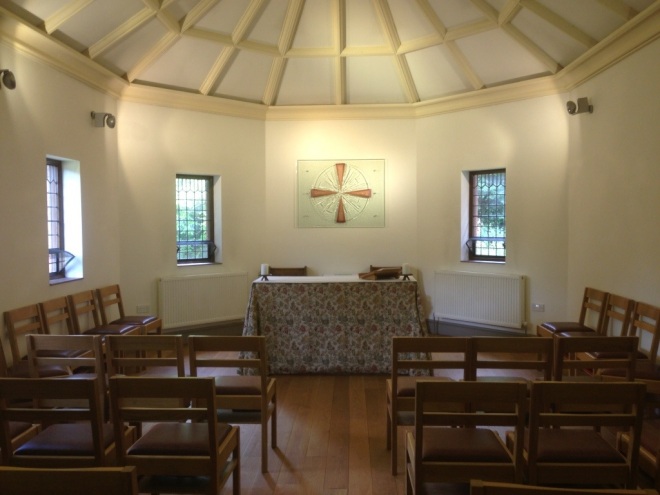As I begin tonight’s blog, it is still early afternoon at home in Montana. It has been an interesting experience knowing that as my day ends, so many of the people I love are still in the midst of theirs. The bells of St. Deiniol’s are chiming. Unlike the St. Helena Cathedral, there is no particular tune to this ringing – they just ring. Different tones, no tune. It’s nice . . . a different but lovely way to end the day. It’s almost as if they are bidding the sun good bye for the day as the shadows lengthen. Still, they don’t ring every day . . . so I wonder why? Why today? I suppose one answer would be that, if you have bells you can ring them whenever you want! No reason is needed. On the other hand, the point of church bells throughout history has been to draw attention to something. Like a church service. Or a wedding. Or a death. Or a funeral. Or the birth of a child. Like IT’S A BOY! They are ringing for the new royal baby, of course . . . but they could also be ringing in honor of today’s celebration of the Feast of St. Mary Magdalene. I think I will just declare these to be the Mary Magdalene Bells of July 22nd – which also celebrate the birth of a new baby!
Tomorrow morning, I will lead the morning Eucharist. We don’t do much with saints in the United Methodist Church, but since we follow the liturgy here of the Church in Wales which is part of the Anglican Communion, saints are part of the deal. Today was the Feast of Mary Magdalene. Tomorrow is the feast of St. Bridget of Sweden. She is certainly not as well known as Mary Magdalene but my Catholic history makes me saint-sensitive and I confess to being partial to women saints. After all, there aren’t as many of them. And, most of them lived in a world and in societies that mostly didn’t recognize women much. Getting saint status is never easy but it has always been particularly difficult women. I figure the least we can do is acknowledge the ones who have been noticed – and to celebrate their wisdom and and be inspired by their vision.
Bridget (or Birgitta) of Sweden was born in 1303, died (on July 23) in 1372 and was canonized in 1391. In church terms, that is a lot to do in just one century!
I learned that Bridget was the foundress of a religious order, a visionary and is the patron of Sweden. She was also a wife – in fact she was married at the age of fourteen and gave birth to 8 children, 4 girls and 4 boys. She managed a large household and even served as lady-in-waiting to the queen. So, she was a mother who worked outside the home. A turning point in her life came when she and her husband made the pilgrimage to St. James at Compostela (Spain). It took most of a year. Her husband died soon afterwards and it was after his death that she continued with a plan they had both come to on pilgrimage – to found monasteries and dedicate their lives to service and generosity. She indeed founded a monastery and an order that became known as the Brigittines.
The fact that Bridget was a wife and a mother and a nun and a visionary makes her a rather unique saint. That’s a full life. Her prophetic visions, which began when she was just a child, continued throughout her life. Her Revelations were direct and highly critical of the church and politics of time. She took on the Pope, challenged the royalty and urged people to be more generous to those in need. Many tried to disparage her but, as one book noted, “her power of prophecy was generally recognized after her threatening visions about the state of things in Sweden proved true.”
An interesting thing about the Order of St. Bridget was that it was a ‘double community’ – including both men and women. They lived in separate quarters, of course, but came together for prayer and worship. Interestingly, the Lady Abbess was head of this double community. In other words, the female leader chosen by the women was the one in charge. Even of the men. And besides their regular alms-giving and charitable work, once a year, on All Saints Day, inventory was taken of the monastery and anything not needed was given to the poor the next day – All Souls Day.
They also say that it was partly due to her that the first attempt was made to translate Bible into Swedish.
So tomorrow, as we celebrate Eucharist, we will remember – and give thanks for the inspiration of – an amazing woman – a working Mom who also worked outside the home, a woman not afraid of her vision and insight even when it was critical of the powers-that-were in church and country, a generous advocate for the poor and most vulnerable and the founder of a religious order that broke new ground, uniting men and women in prayer and service.
By the way, the bells are still ringing! That’s almost an hour of intermittent bell ringing. For a royal baby. And for Mary Magdalene. I think they should ring the bells tomorrow too. I’ll let you know what happens.
This is a picture of the chapel where we will celebrate tomorrow.

